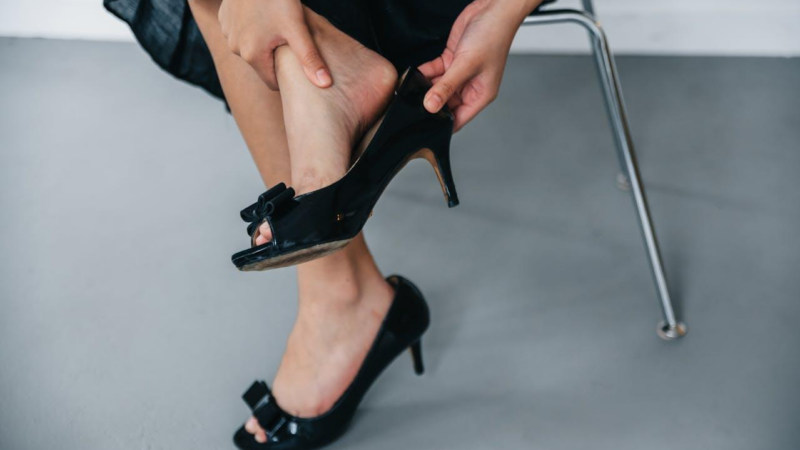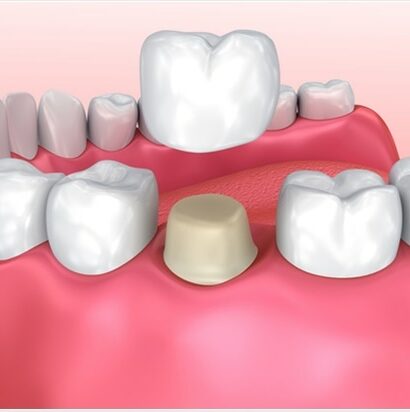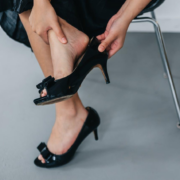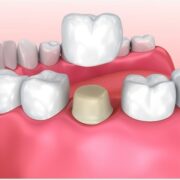Cracked heels affect millions of people worldwide, transforming what should be smooth, healthy skin into painful fissures that can make every step uncomfortable. These splits in the skin around your heels don’t just look unsightly, they can lead to infections and serious discomfort if left untreated.
But worry not! Cracked heels are entirely preventable and treatable once you understand what’s causing them. Your feet carry you through life, so they deserve proper attention and care.
Nutritional Deficiencies Weaken Your Skin’s Foundation
Your skin requires specific nutrients to maintain its strength and flexibility. Deficiencies in omega-3 fatty acids, zinc, and vitamins A, C, and E can significantly impact your skin’s ability to repair itself and stay supple.
Omega-3 fatty acids help maintain your skin’s natural oil barrier, while zinc supports healing and cell regeneration. Vitamins A and C promote collagen production, which keeps your skin elastic and strong.
When your diet lacks these essential nutrients, your heel skin becomes more susceptible to drying out and developing painful cracks.
Improper Footwear Creates Pressure Points
Shoes that don’t fit properly or lack adequate support can wreak havoc on your heels. Open-backed shoes, flip-flops, and sandals allow the fat pad under your heel to expand sideways, creating pressure that can cause skin to crack.
High heels concentrate your body weight on a small area, while shoes that are too tight or too loose create friction and pressure points. The right footwear provides proper support and cushioning while allowing your feet to maintain their natural shape.
Well-fitted shoes with closed backs help distribute your weight evenly and prevent the excessive pressure that leads to heel damage. A quality heel balm can also provide extra protection when combined with appropriate footwear choices.
Underlying Skin Conditions Compromise Heel Health
Several skin conditions can make your heels more prone to cracking. Eczema, psoriasis, and athlete’s foot all affect your skin’s ability to retain moisture and maintain its protective barrier. These conditions cause inflammation that weakens your skin’s natural defenses.
Fungal infections like athlete’s foot create an environment where healthy skin cells can’t thrive, making the affected area dry and prone to splitting. Autoimmune conditions such as psoriasis cause rapid skin cell turnover, often resulting in thick, scaly patches that crack easily under pressure.
Climate and Seasonal Changes Affect Your Skin
Environmental factors play a significant role in heel health. Cold weather, low humidity, and indoor heating systems all remove moisture from the air and your skin. Hot climates can also be problematic, as excessive heat and sun exposure can dry out your skin and make it more brittle.
Winter months are particularly challenging for foot health. Cold air holds less moisture, and heating systems further reduce humidity levels in your home and workplace.
Aging Changes Your Skin’s Natural Properties
As you age, your skin naturally becomes thinner and less elastic. Your body produces less oil, and cell regeneration slows down, making your skin more vulnerable to damage and slower to heal. These changes are particularly noticeable in areas that experience regular pressure and friction, like your heels.
The fat pad under your heel also thins with age, providing less natural cushioning and protection. This reduction in padding increases the pressure on your heel skin, making it more likely to develop cracks and fissures.
Additionally, reduced circulation that often comes with aging means your feet receive fewer nutrients and oxygen, further compromising skin health.













